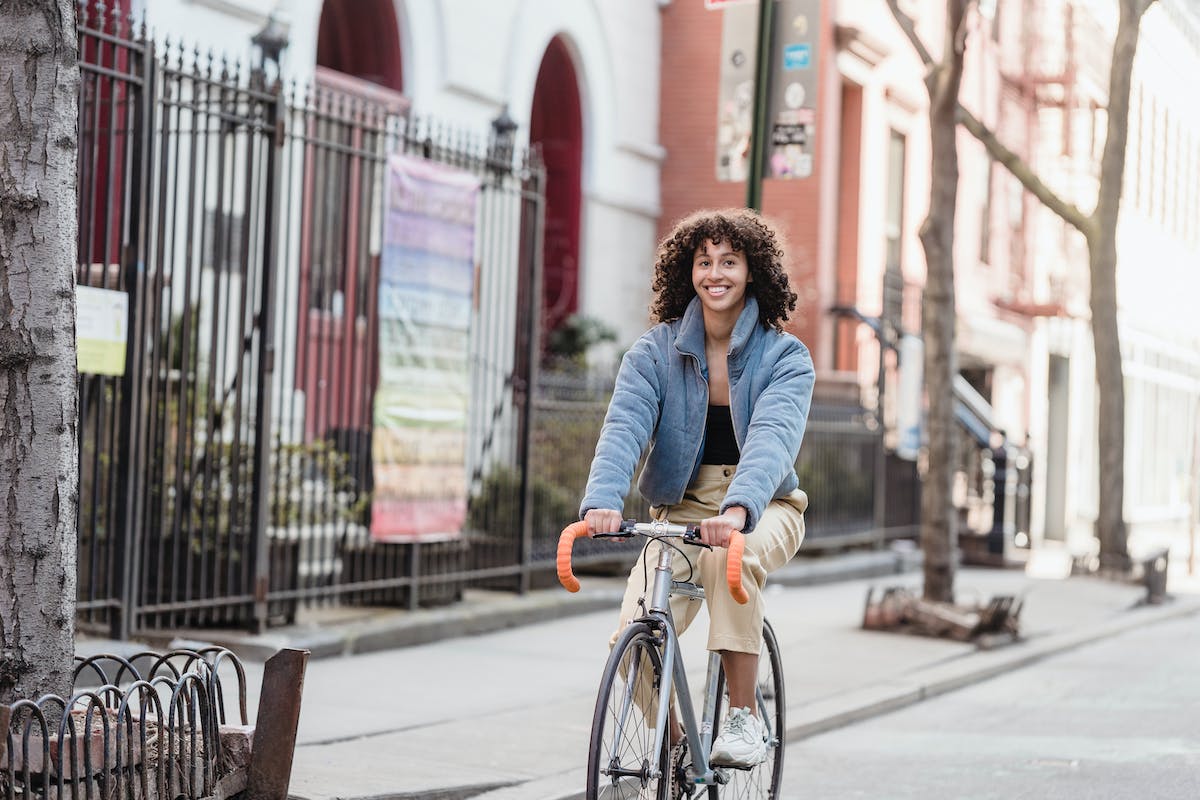Purchasing a used bike or rather, ‘a pre-loved bike’ can be an exciting and cost-effective way to get into cycling. Whether it is a new bike or a second-hand bike, the amount of love that a biker has towards the bike is the same, same with the special feeling of owning a bike for the first time. While some people can afford it, some people cannot afford to purchase a brand-new bike and it’s understandable, that doesn’t mean they should give up on their dream.
If you are also on a tight budget, going for a second-hand bike is a good option and a good start for you.
However, it’s crucial to consider certain factors to ensure you make the right before taking home that used bike. That is why we have packaged this article to help you explore ten key aspects to consider before buying a used bike, equipping you with the knowledge needed to make an informed decision. Here they are;
Read also: Best Racing Bicycles That Are Very Fast And Affordable
1. Your Budget
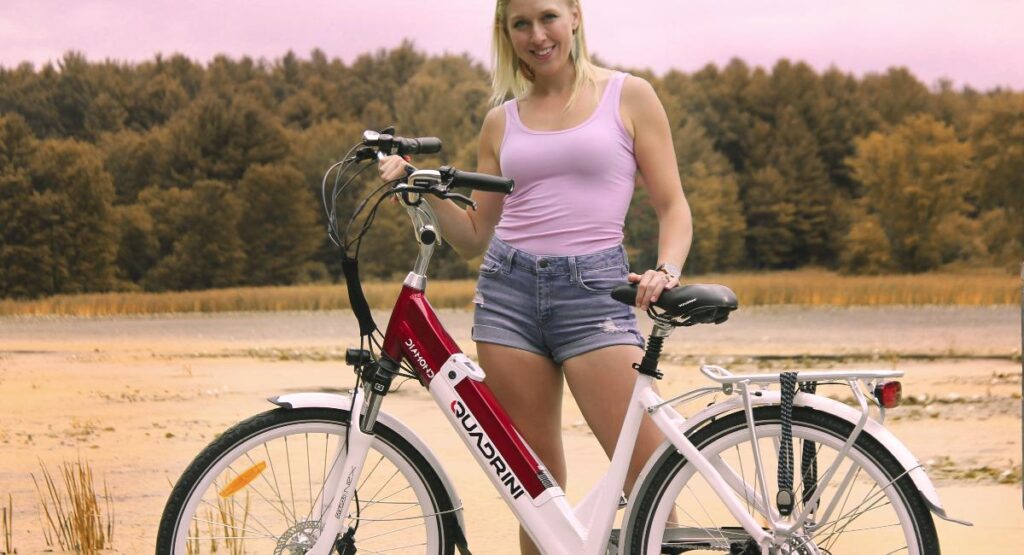
Some used bikes are more expensive than other used bikes, so before diving into the used bike market, establish a budget that suits your financial capabilities. Determine how much you’re willing to spend, ensuring you leave room for potential repairs and upgrades that may be necessary.
2. The Bike Type
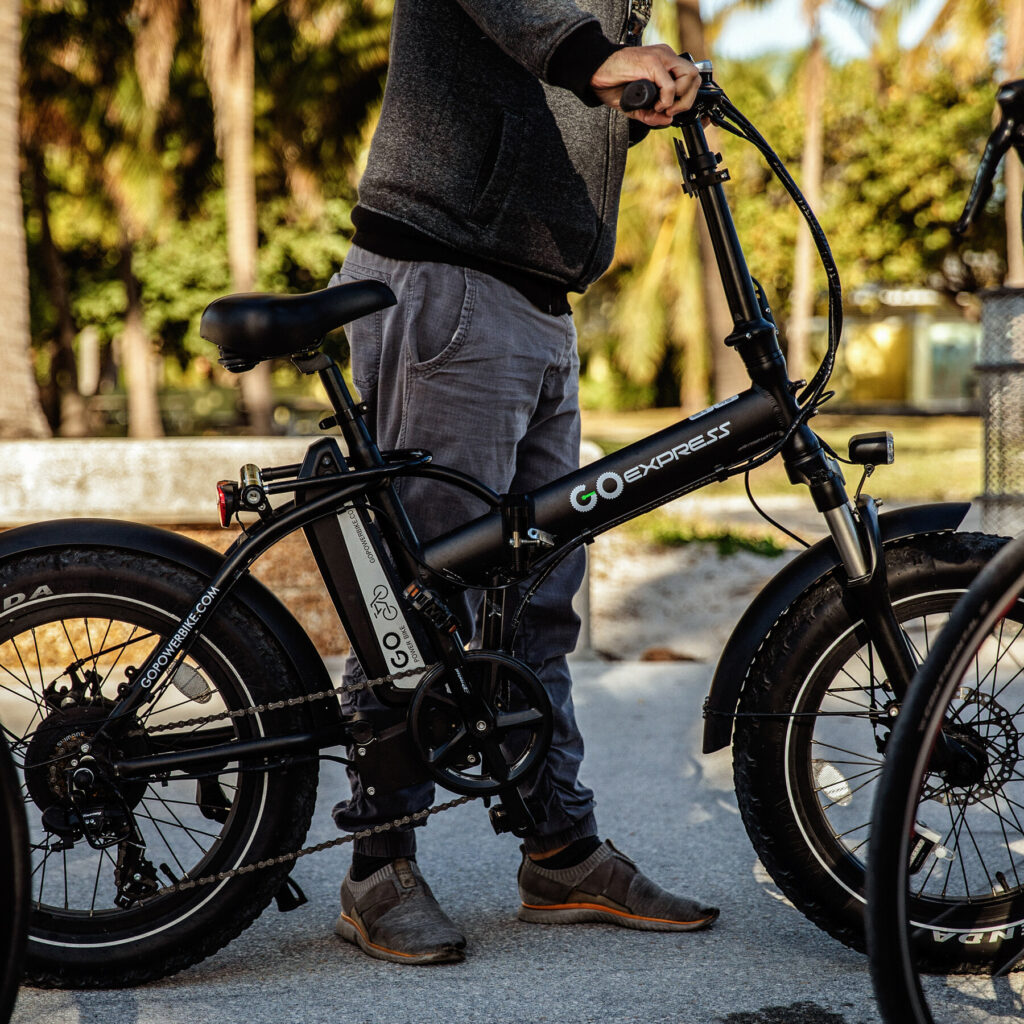
Ensure to consider your intended use of the bike and select a bike type that suits your needs. Whether it’s a road bike for commuting, a mountain bike for off-road adventures, or a hybrid bike for versatile riding, choosing the right type will enhance your overall cycling experience.
3. The Bike’s Frame Condition

After you’ve seen a bike you like, make sure to carefully inspect the bike frame for any signs of damage, such as cracks, dents, or rust. A structurally sound frame is crucial for safety and longevity. If you’re uncertain about how to go about this, it’s wise to have a knowledgeable friend or a professional mechanic assess the frame.
4. The Bike’s Components and Drivetrain
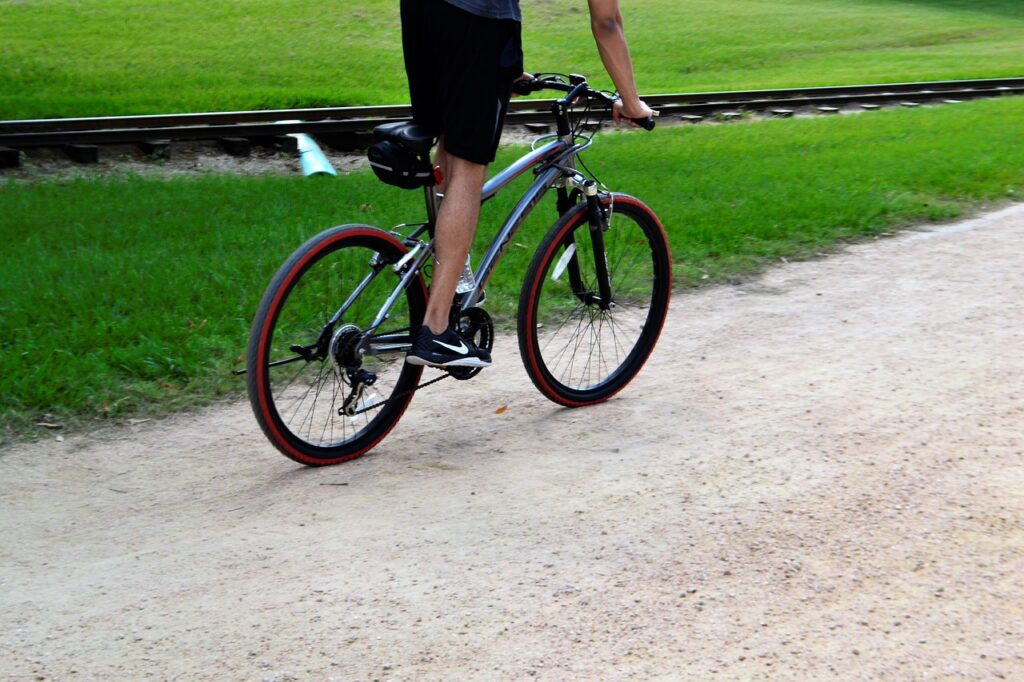
Examine the bike’s components, including the drivetrain – gears and chain. Ensure they are in good condition and functioning properly. Check for any signs of excessive wear, rust, or misalignment, as these factors can affect the bike’s performance.
5. The Bike’s Suspension
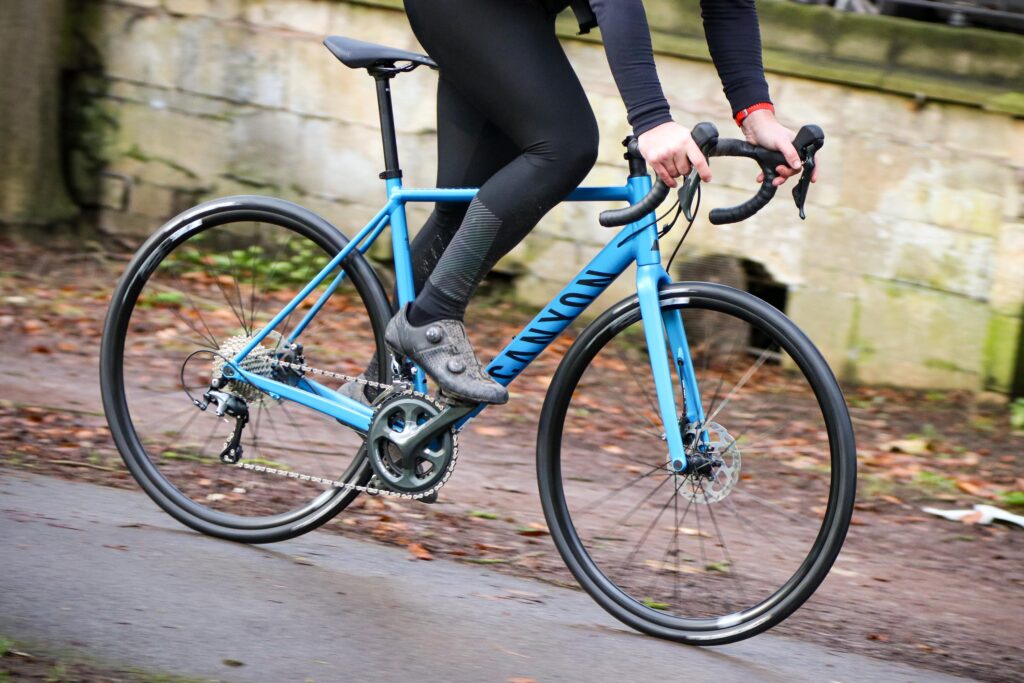
If you’re considering a used mountain bike, inspect the suspension system thoroughly. Check for leaks, smooth operation, and proper adjustment. A well-maintained suspension is essential for a comfortable and controlled ride on rough terrain.
Read also: How To Choose The Right Bicycle Suspension For Your Needs
6. The Bike’s Wheel Condition

Inspect the wheels for trueness, which ensures they are straight and properly aligned. Spin the wheels to check for wobbling or rubbing against the brake pads. Additionally, examine the tires for wear, cracks, or punctures, as these may require immediate replacement.
7. The Bike’s Brakes
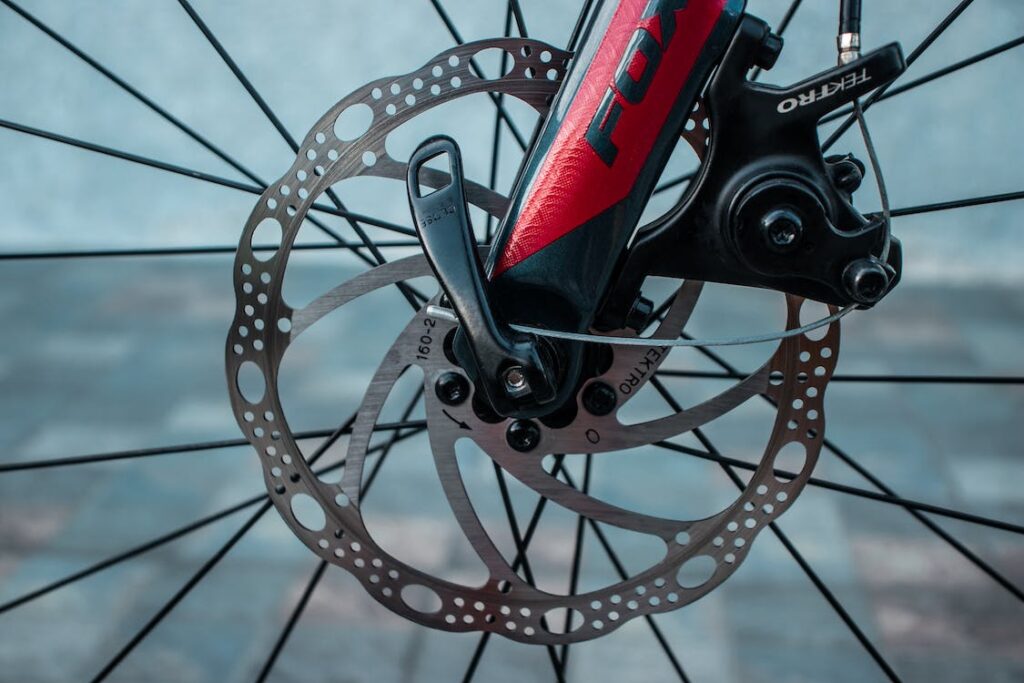
Be sure to evaluate the condition of the bike’s brakes. Check the brake pads for wear and ensure they make consistent contact with the rims or discs. Test the braking performance to ensure they provide sufficient stopping power. If the brakes feel spongy or ineffective, they may require adjustment or replacement.
8. The Bike’s Fit and Comfort
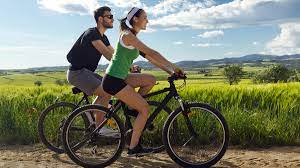
Consider how the bike fits you. Comfortability and adjustability are key, as you want to feel comfortable and maintain an ergonomic riding position. Test the bike’s saddle height, handlebar reach, and overall riding posture to ensure a pleasant and efficient ride.
9. Bike’s Maintenance History

Do not take home the bike without making a proper inquiry about the bike’s maintenance history from the seller. Ask if it has undergone regular tune-ups, if any major repairs have been done, and if the maintenance records are available. A well-maintained bike suggests responsible ownership and can give you peace of mind.
10. Test Ride The Bike
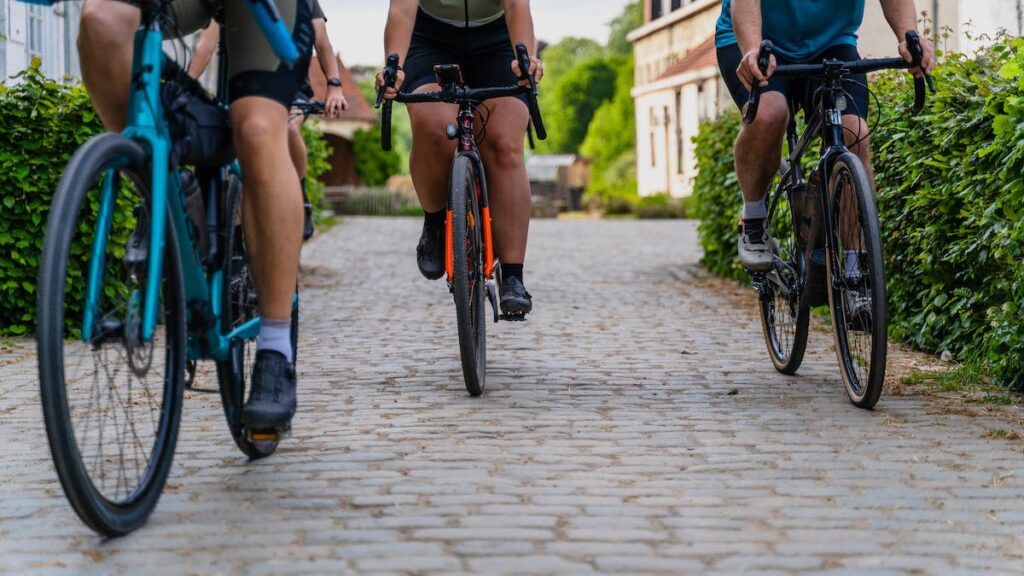
Always take the bike for a test ride before finalizing the purchase. Pay attention to the bike’s handling, responsiveness, and overall comfort. Test the gears, brakes, and suspension (if applicable) to ensure they function smoothly. A test ride allows you to assess if the bike is the right fit for you.
Buying a used bike can be a great way to enter the cycling world, but it requires careful consideration. By keeping these ten important factors in mind – budget, bike type, frame condition, components, suspension, wheel condition, brakes, fit and comfort, maintenance history, and a test ride – you can make a well-informed decision and find a used bike that meets your needs.
Read also: The Most Common Bike-Fitting Mistakes And How To Avoid Them
FAQ
- How much should I spend on a used bike?
The price range for used bikes can vary significantly. Determine your budget based on your needs, the bike’s condition, and any potential repairs or upgrades that may be required.
- Can I negotiate the price of a used bike?
Yes, negotiating the price of a used bike is common.
2. Should I buy a used bike online?
Yes, you can. But before you do so, ensure you have detailed information about the bike’s condition, ask for additional photos if needed, and consider purchasing from reputable sellers or platforms.
3. What should I do if I’m unsure about a used bike’s condition?
If you’re uncertain about a bike’s condition, consider consulting a professional bike mechanic for an assessment. They can provide expert advice and identify any potential issues.
4. Are there any warranties available for used bikes?
Unlike new bikes, used bikes typically do not come with warranties. However, some sellers may offer short-term guarantees or return policies, so it’s worth discussing with them before making the purchase.

